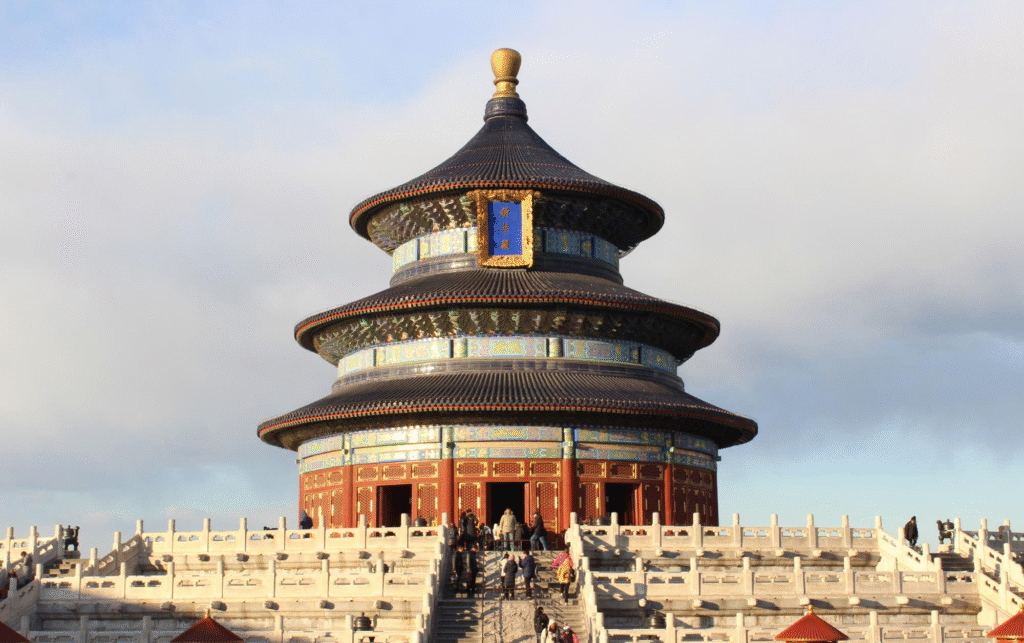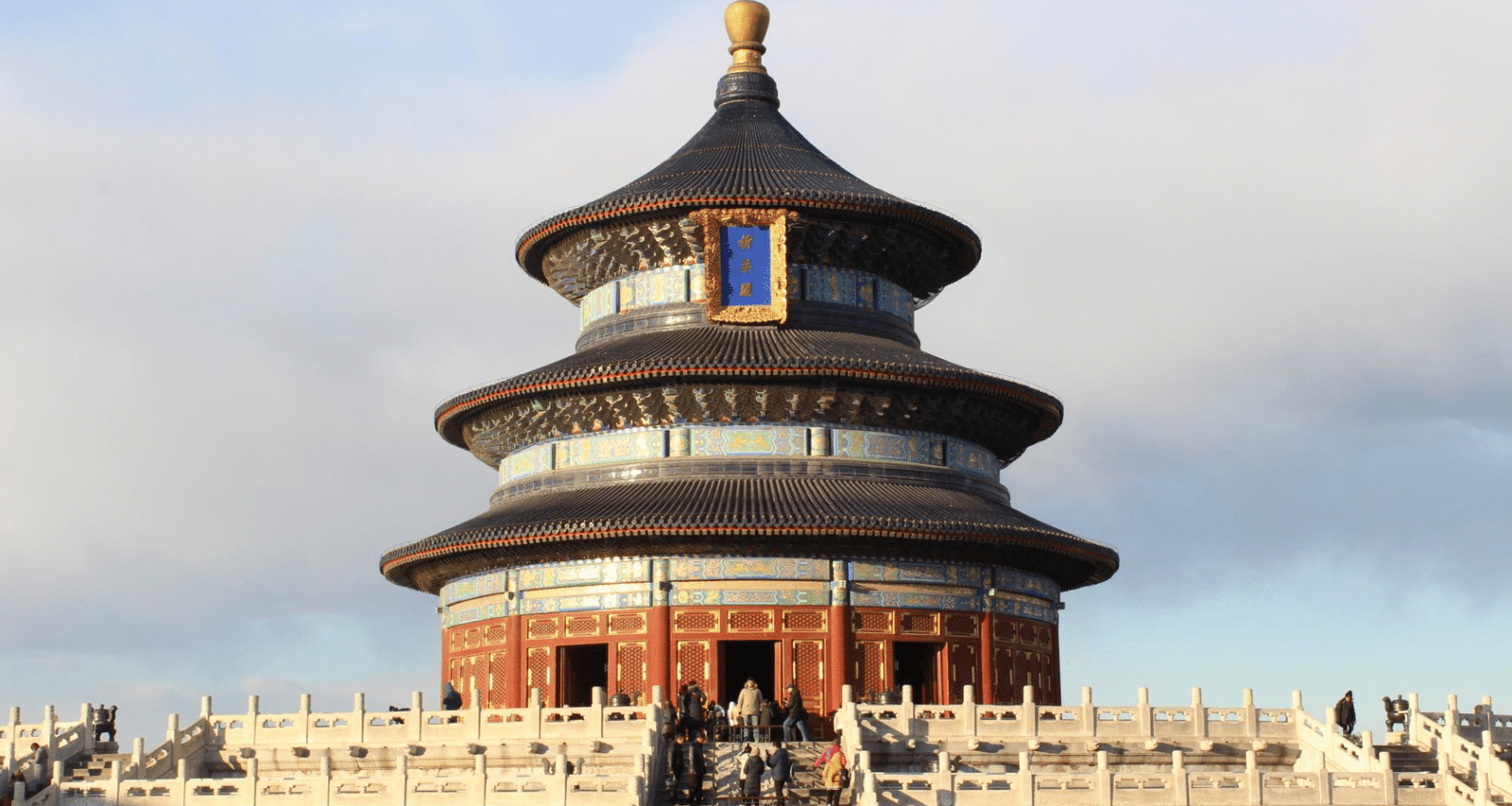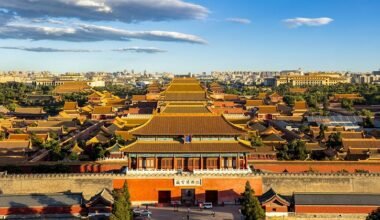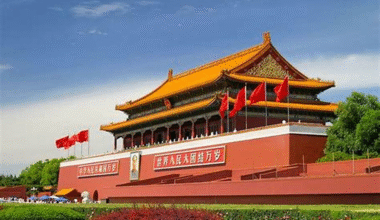I. Introduction
Located in the heart of Beijing, the Temple of Heaven Park stands as one of China’s most magnificent royal sacrificial complexes and a significant symbol of traditional Chinese culture. As a UNESCO World Heritage Site, the Temple of Heaven is not only an architectural marvel but also a place where religious rituals, cultural heritage, and natural beauty converge. Whether you are a history enthusiast, a culture seeker, or simply looking for a tranquil green space in the bustling city, the Temple of Heaven offers a unique and enriching experience.
II. History of the Temple of Heaven Park
The Temple of Heaven was constructed in 1420 during the reign of Emperor Yongle of the Ming Dynasty. It served as the site where emperors of the Ming and Qing dynasties conducted annual ceremonies to pray for good harvests and divine favor. The park’s design perfectly embodies the ancient Chinese cosmological concept of “round heaven and square earth.” The main structures, including the Hall of Prayer for Good Harvests, the Circular Mound Altar, and the Imperial Vault of Heaven, reflect this symbolic worldview.

As an imperial sacrificial site, the Temple of Heaven symbolized the emperor’s divine mandate and the harmonious relationship between heaven and earth, which was central to Chinese imperial ideology. The rituals held here were of immense spiritual significance and adhered strictly to ancient rites.
Over its 600-year history, the Temple of Heaven underwent numerous repairs and expansions, with much of its original grandeur preserved. In 1988, UNESCO designated it as a World Cultural Heritage Site in recognition of its architectural brilliance, historical importance, and cultural significance.
III. Other Attractions within the Temple of Heaven Park
Covering approximately 273 hectares, the Temple of Heaven Park encompasses not only the renowned main structures but also vast landscaped gardens, historical relics, and recreational areas. The following are its principal attractions:
1. Hall of Prayer for Good Harvests
The Hall of Prayer for Good Harvests is the most iconic structure within the park, originally built in 1420. This majestic triple-gabled circular wooden building rises about 38 meters and is famous for its striking blue-tiled roof, symbolizing the sky. The hall is built entirely without nails, showcasing extraordinary craftsmanship with massive cypress pillars intricately carved and lacquered.
This hall was where emperors prayed for a bountiful harvest, making it both a religious and architectural masterpiece. It remains a must-visit spot for visitors wishing to admire classical Chinese design.
2. Circular Mound Altar
Located in the southern part of the park, the Circular Mound Altar is an open-air platform used for winter solstice ceremonies. The altar’s three-tiered marble terrace symbolizes the heavens and earth. At its center lies the “Heavenly Heart Stone,” regarded as the exact focal point between heaven and earth.
The design also features the famous “Echo Wall,” where whispered sounds travel remarkably clearly along the curved wall, offering visitors a fascinating acoustic experience.
3. Imperial Vault of Heaven
The Imperial Vault of Heaven is a smaller circular building housing the tablets of Heaven and Earth. It is surrounded by the “Echo Wall,” enabling visitors to experience the unique sound transmission effects firsthand. The Vault plays a crucial role in the ritual complex and embodies the solemnity of the imperial rites.
4. Corridors and Ecological Gardens
Winding corridors decorated with intricate paintings connect the main buildings, allowing visitors to stroll comfortably between sites. The extensive gardens, with ancient cypress trees and seasonal blossoms, provide a peaceful retreat and a picturesque setting for leisure and photography.
IV. Local Cuisine near the Temple of Heaven Park
A visit to the Temple of Heaven is not complete without sampling authentic Beijing snacks available nearby. The surrounding area offers a variety of traditional delicacies cherished by locals.
1. Douzhi’er (Fermented Mung Bean Drink)
Douzhi’er is a traditional Beijing fermented drink with a distinctive sour taste. Often enjoyed with fried dough sticks or pickled vegetables, it is a popular breakfast or snack choice. Several historic shops around the park serve genuine douzhi’er favored by residents.
2. Zhajiangmian (Fried Sauce Noodles)
Zhajiangmian is a signature Beijing noodle dish featuring thick wheat noodles topped with a savory soybean paste sauce, shredded cucumber, and other fresh toppings. Numerous restaurants near the park serve this comforting dish, offering an authentic taste of Beijing’s culinary heritage.
3. Lüdagun (Glutinous Rice Roll)
Lüdagun is a classic Beijing sweet made from glutinous rice flour rolled in soybean flour and filled with sweet red bean paste. Its chewy texture and delicate sweetness make it a beloved traditional dessert found in many local stalls around the Temple of Heaven.
4. Doufuna (Tofu Pudding)
Beijing-style doufuna is a soft tofu dish typically served savory with shrimp flakes, pickled vegetables, and scallions. It is a popular breakfast item and light snack for those exploring the area.
V. Practical Travel Tips for Visiting the Temple of Heaven Park
To ensure a smooth and enjoyable visit, consider the following tips:
1. Opening Hours and Tickets
The park is generally open from early morning until late afternoon. Tickets are reasonably priced and can be purchased at the entrance or online in advance. During peak tourist seasons and holidays, early arrival is advisable to avoid crowds.
2. Best Time to Visit
Spring and autumn provide the most pleasant weather, with blooming flowers and colorful foliage enhancing the park’s natural beauty. Early morning visits allow visitors to witness local residents practicing tai chi and other traditional exercises.
3. Transportation
The Temple of Heaven is conveniently accessible via Beijing’s efficient subway system, with the Tiantan Dongmen (Temple of Heaven East Gate) Station serving the park. Numerous bus routes and taxis also provide easy access.
4. Visitor Etiquette
The park is a cultural and historical site; visitors should maintain respectful behavior, especially near sacred structures. Photography is allowed in most areas but restricted inside certain buildings. Avoid loud noises and littering to preserve the serene atmosphere.
5. Time Allocation
Allow at least half a day to explore the main attractions and gardens comfortably. For a more immersive experience, consider joining a guided tour that provides detailed historical insights and cultural context.
VI. Conclusion
The Temple of Heaven Park is much more than a scenic spot—it is a living testament to China’s rich imperial history, philosophical traditions, and artistic achievements. Walking through its grand halls and peaceful gardens offers visitors a profound connection to ancient Chinese cosmology and rituals that shaped the nation’s identity.
Whether it is your first visit or a return trip, the Temple of Heaven continues to inspire awe and reverence, making it an indispensable part of any Beijing itinerary and a true cultural treasure to cherish.


